
Everyone knows about the universal presser foot that comes with a sewing machine. But that’s not the only foot ready for fun — these options help you navigate through even the most complex sewing jobs, one gorgeous stitch at a time.
Standard Presser Feet
A typical home sewing machine comes with all of these feet options, and there’s a variety of fun ways to use ’em.
Universal
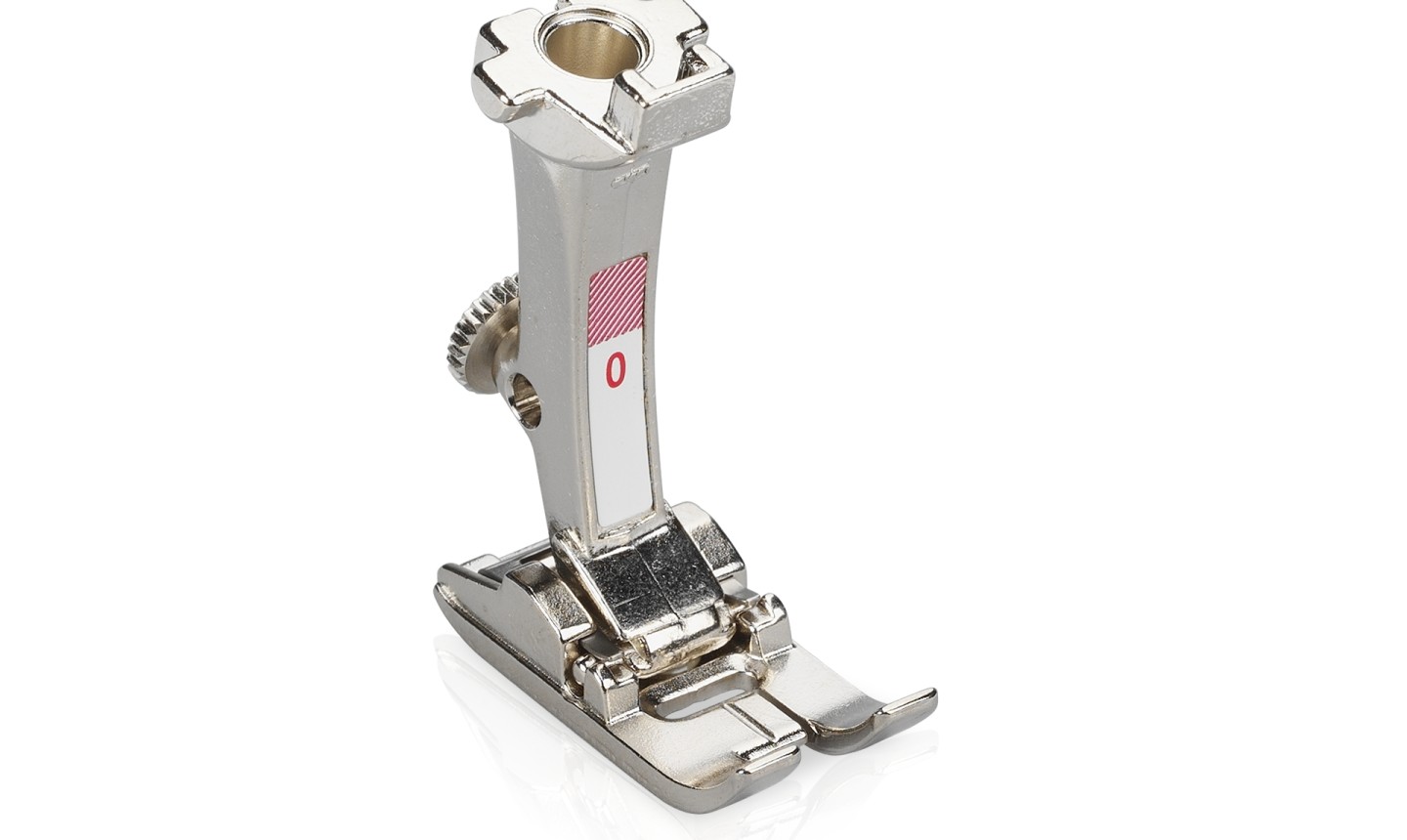
Also dubbed the zigzag foot, this all-purpose presser foot is the default for most straight and zigzag stitching. But that’s not it’s only trick — you can bust it out when you want to incorporate some decorative stitching, too. Depending on which stitches your machine offers (some literally have hundreds pre-programmed), the options available to you can be pretty endless.
Zipper
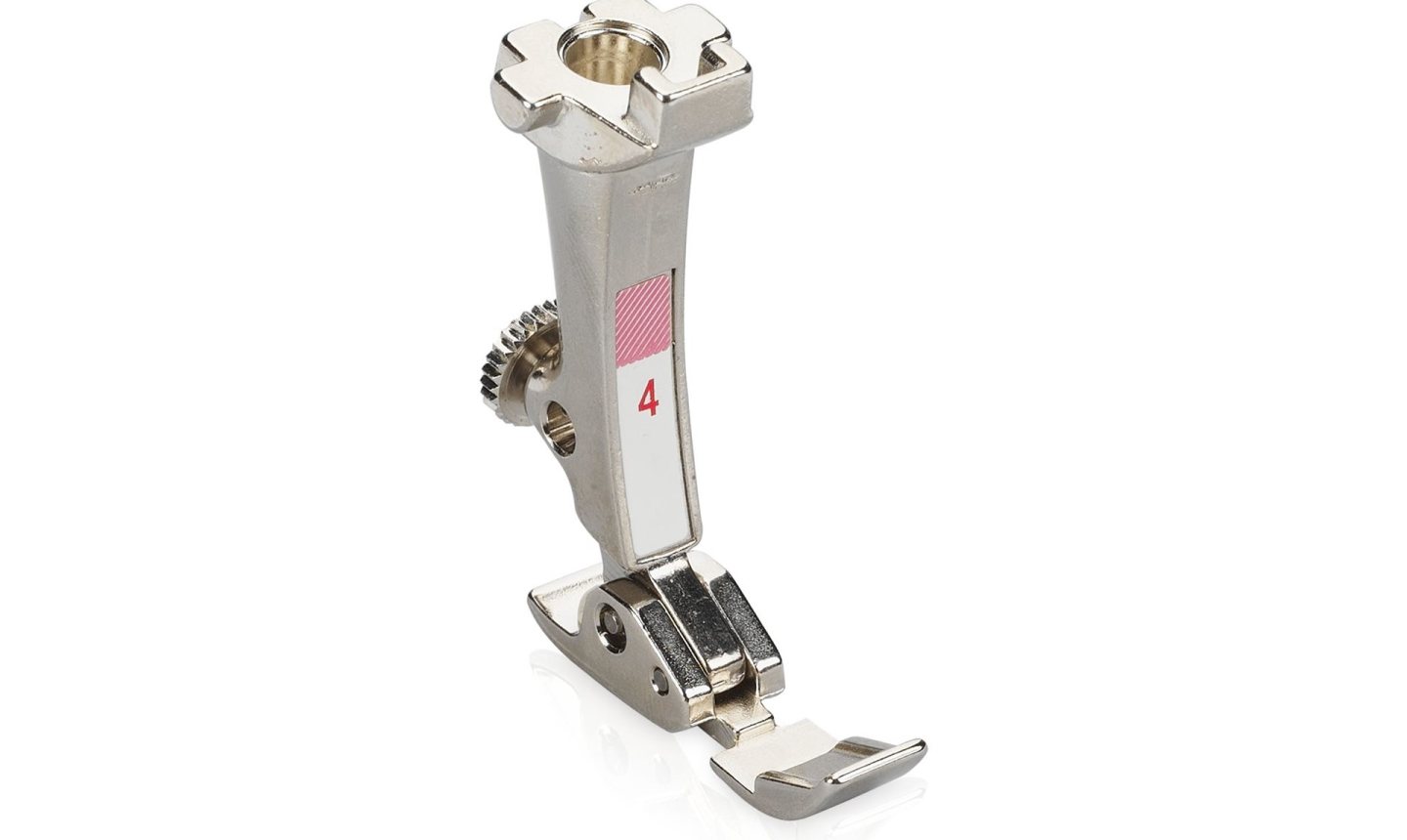
Zipper feet allow you to stitch close to a zipper’s coils, meaning it’ll fasten smoothly so those bags and designer jeans look super professional.
Buttonhole
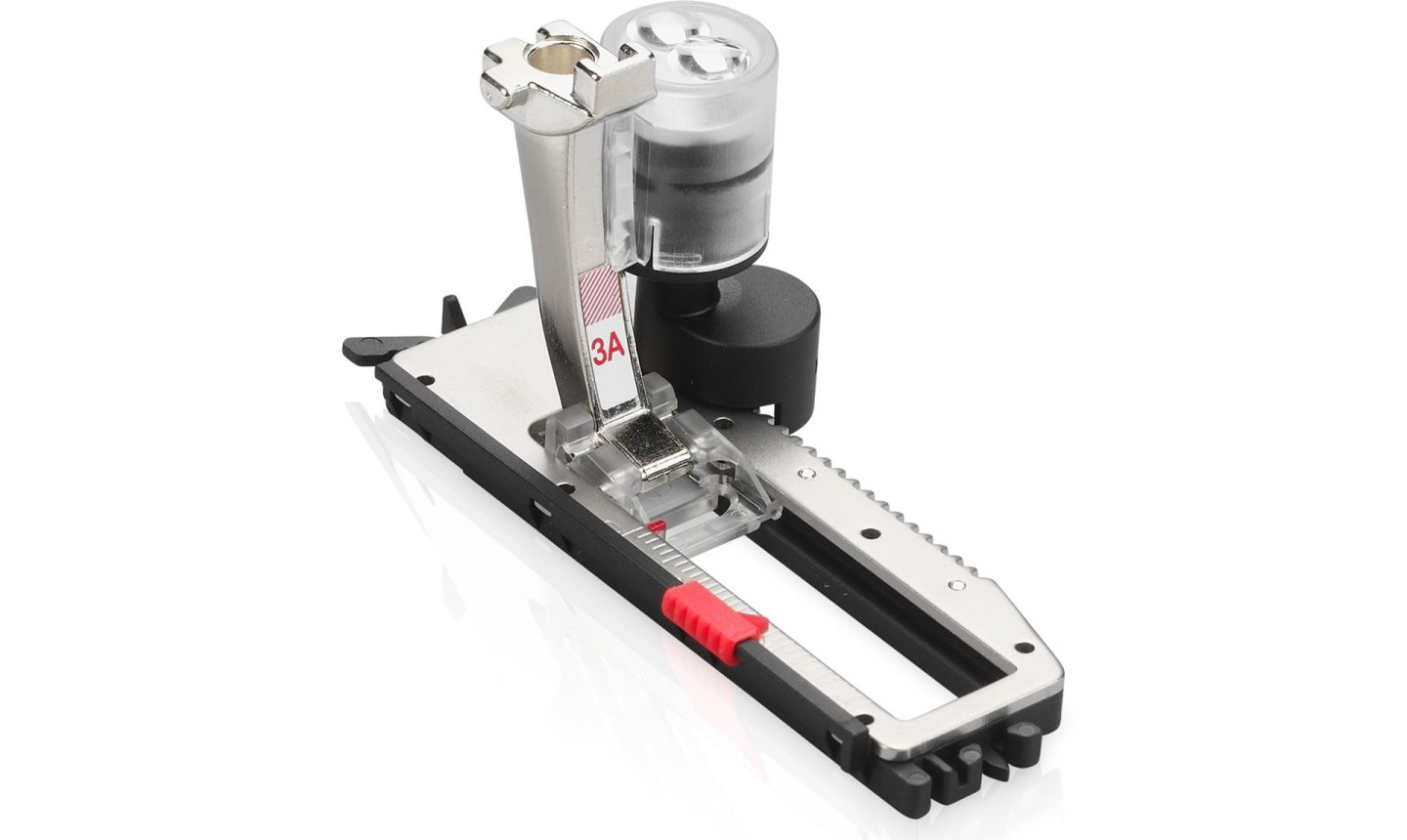
Buttonhole feet come in a variety of styles, but all of them help you sew neat and uniform buttonholes. Look for one with a built-in memory feature, as it’ll save your favorite sizes so you can repeat them over and over with ease.
Blindstitch Hem
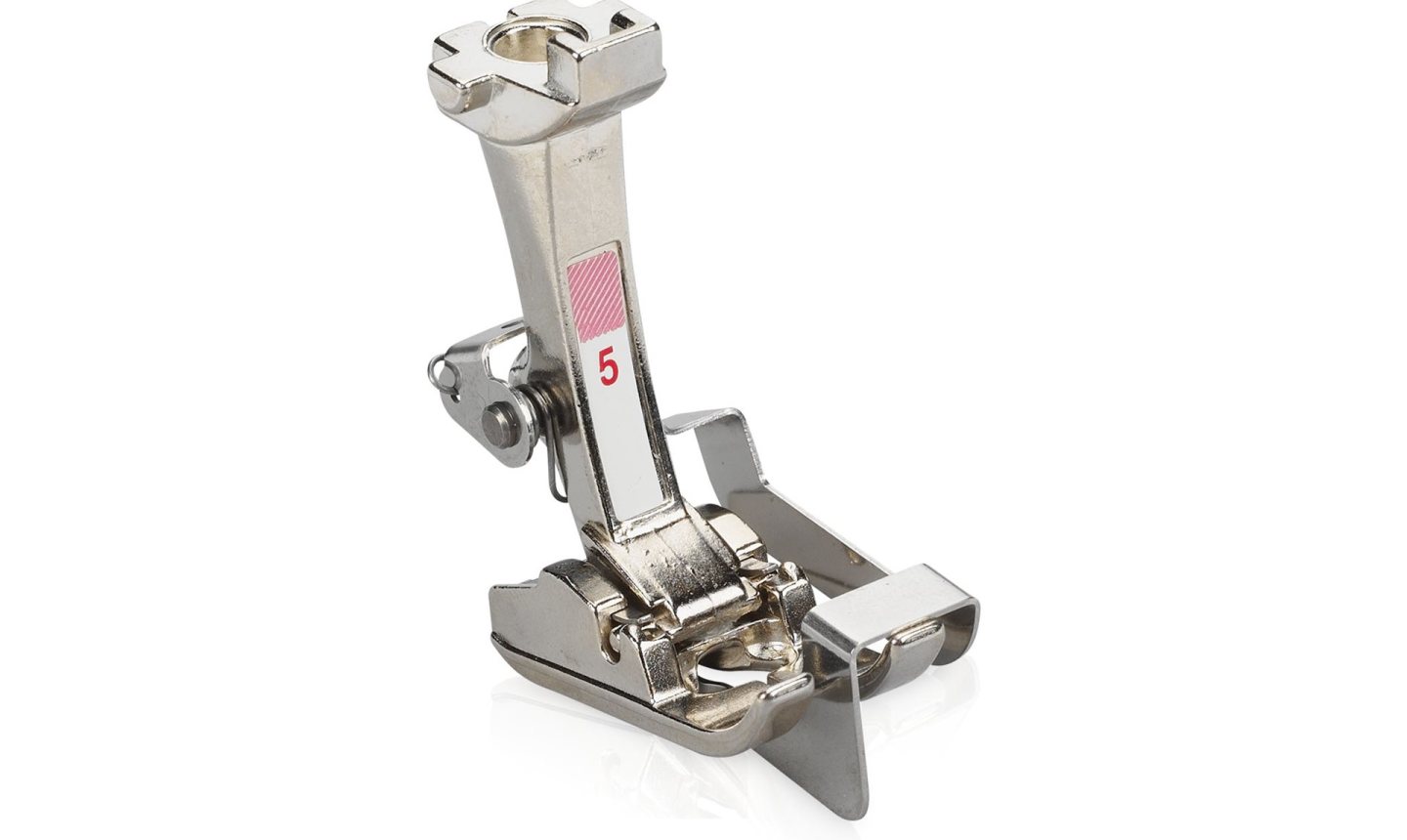
When you don’t want to sew an invisible hem by hand, using the blindstitch foot gets the job done quickly and efficiently.
Overlock
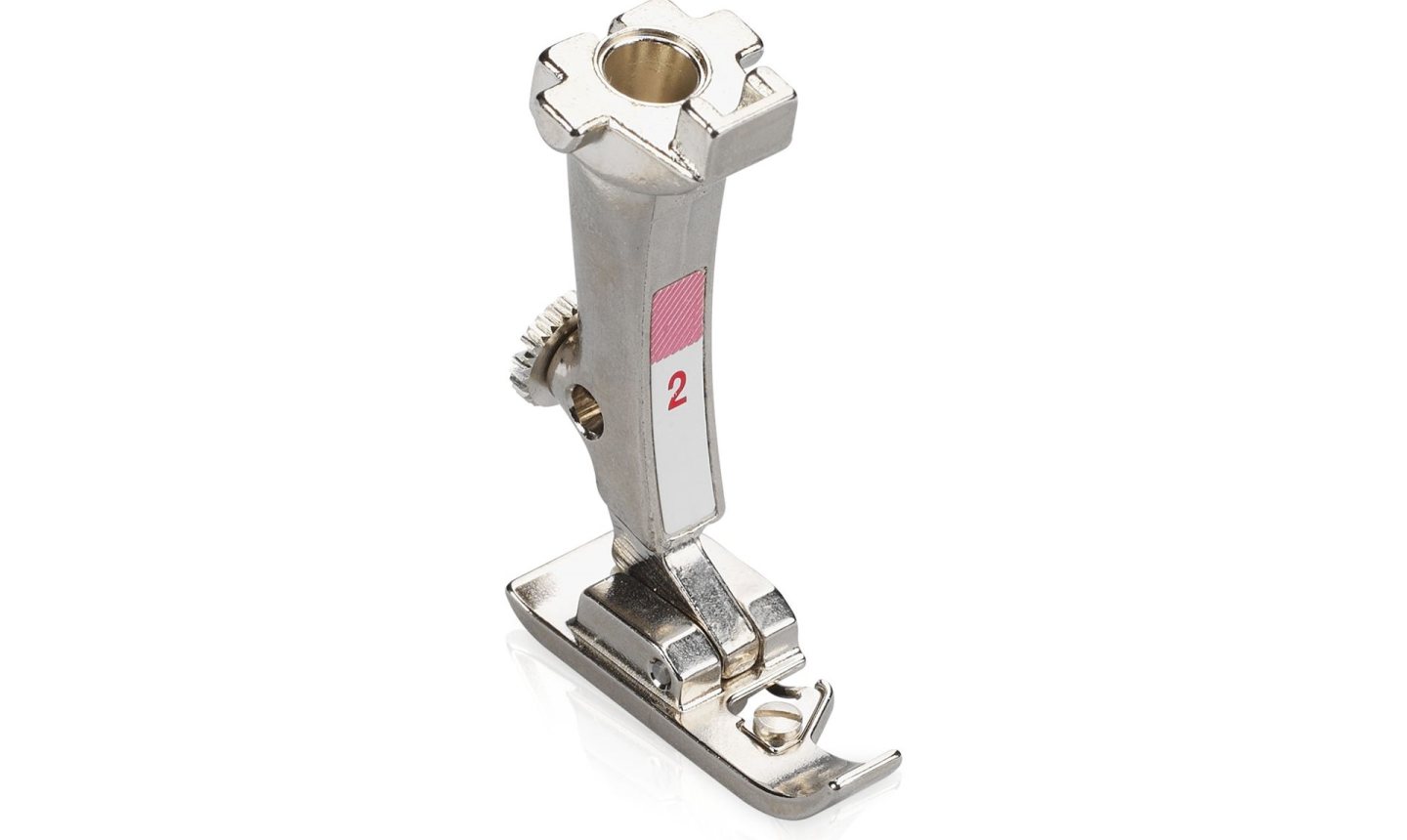
If you don’t own a serger, the overlock foot is a great alternative — it helps neaten the seam edges on knits and wovens so they come out more even.
Specialty Feet
When you want to branch out even more, specialty feet give you the room to explore. The varieties available vary by machine manufacturer, so be sure to check what will fit your particular sewing machine before buying.
Pintuck
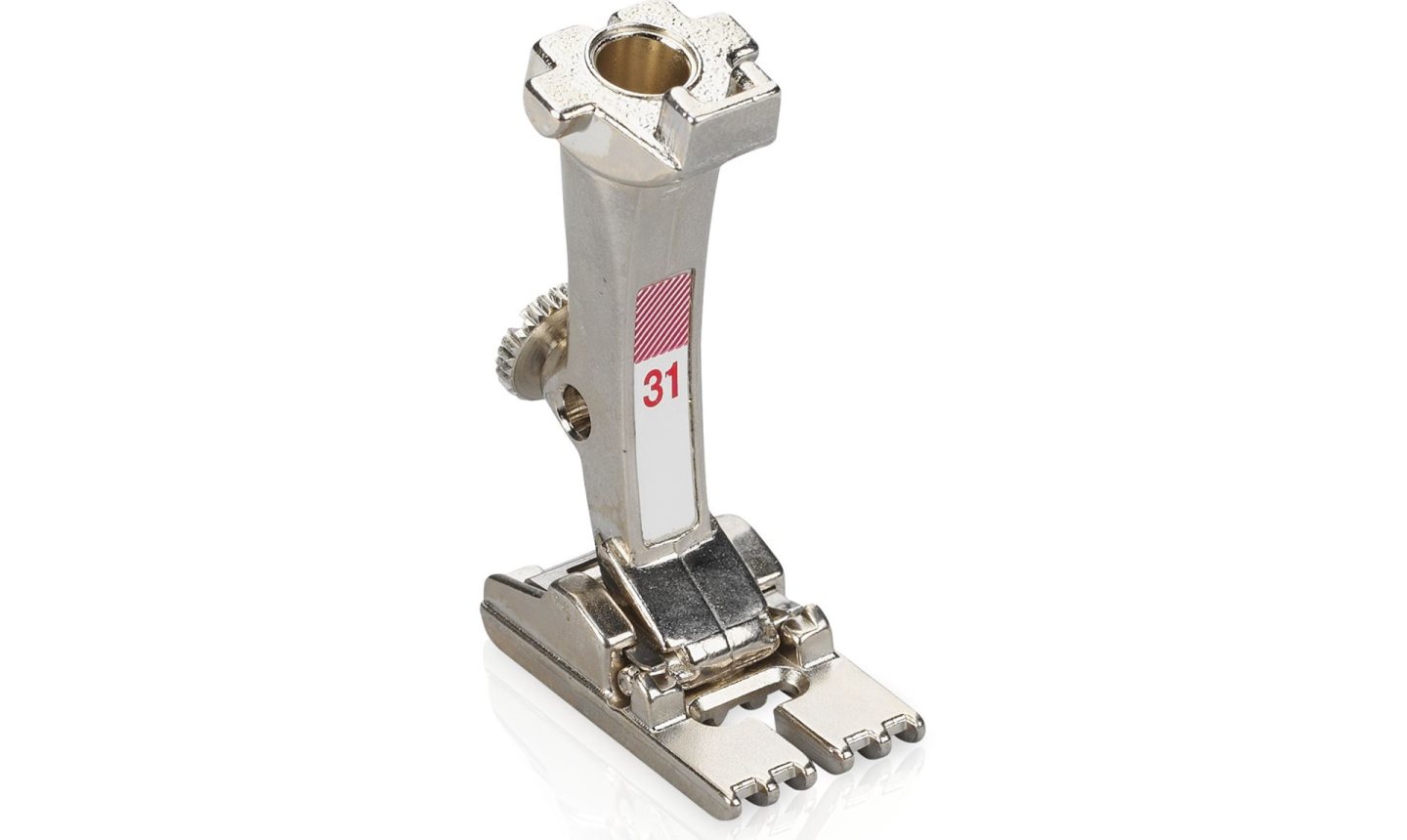
The pintuck foot adds a sweet touch to baby garments and fine lingerie, giving them that beautiful heirloom quality. These come in a variety of sizes to create different size tucks on the fabric.
Edgestitch
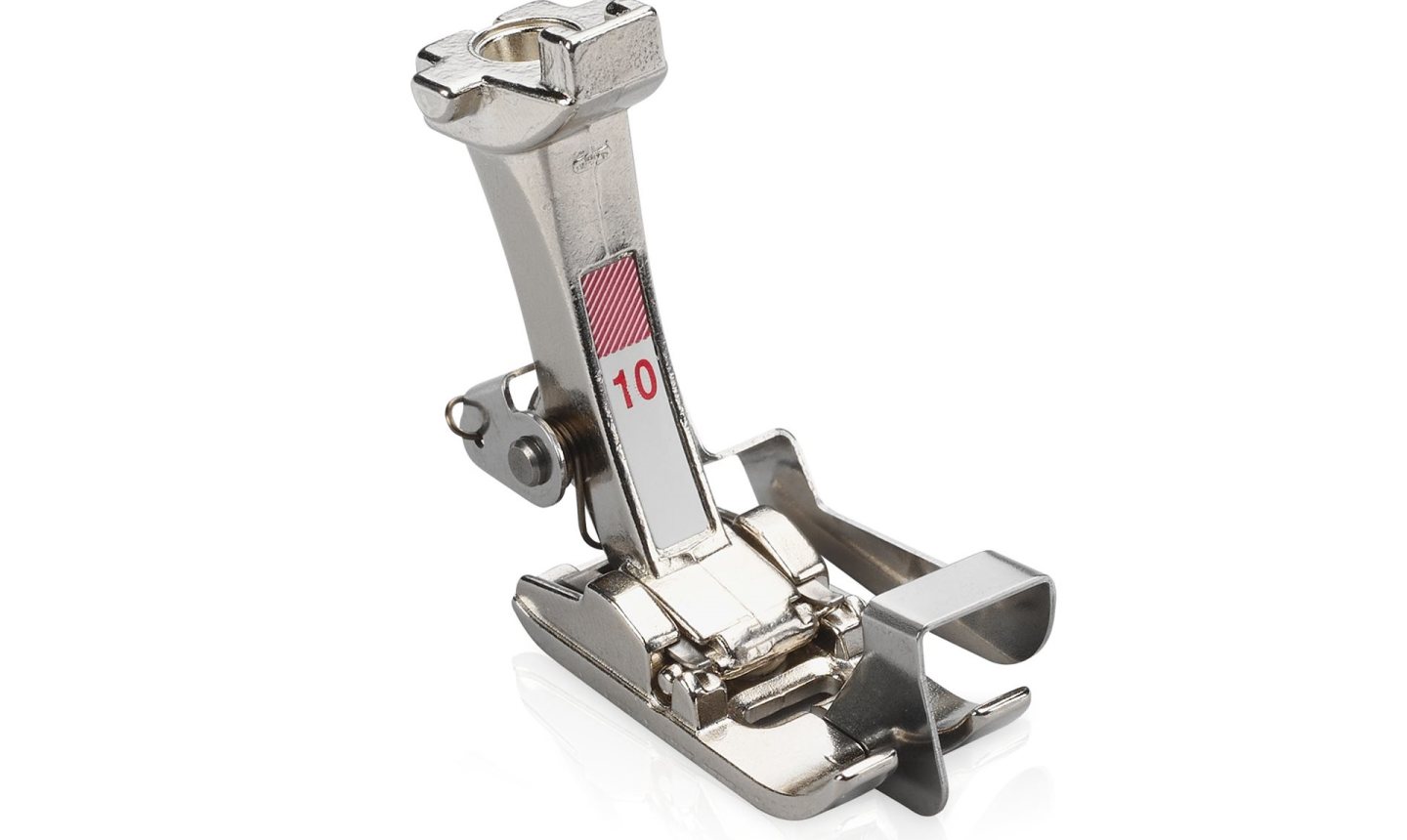
Similar to the blindstitch hem foot, the edgestitch foot helps you sew perfectly straight topstitching, making it a fave among sewers.
Invisible Zipper
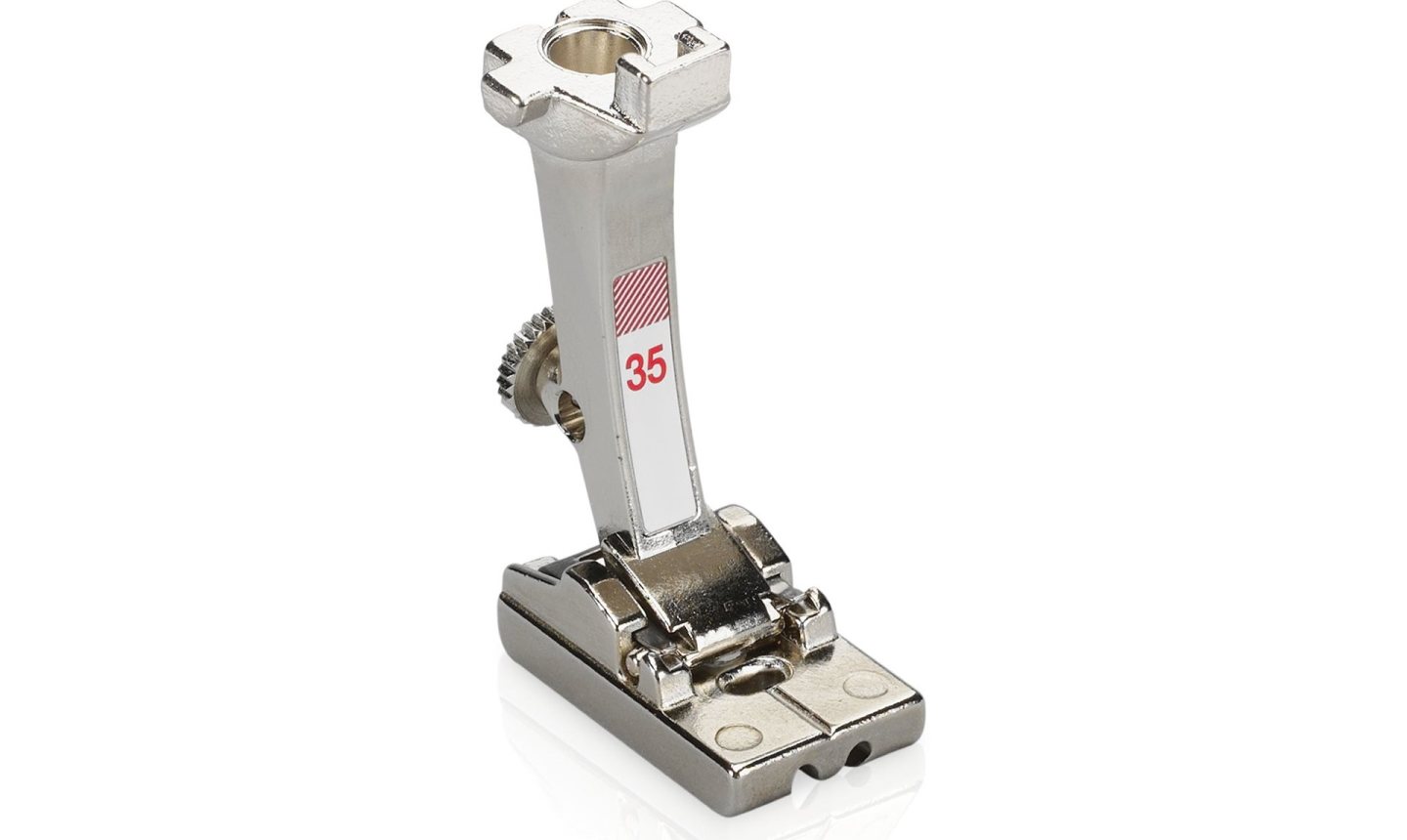
Sometimes a dress or skirt begs for an invisible zipper. When that happens, you can nail it with this baby.
Open Toe Embroidery
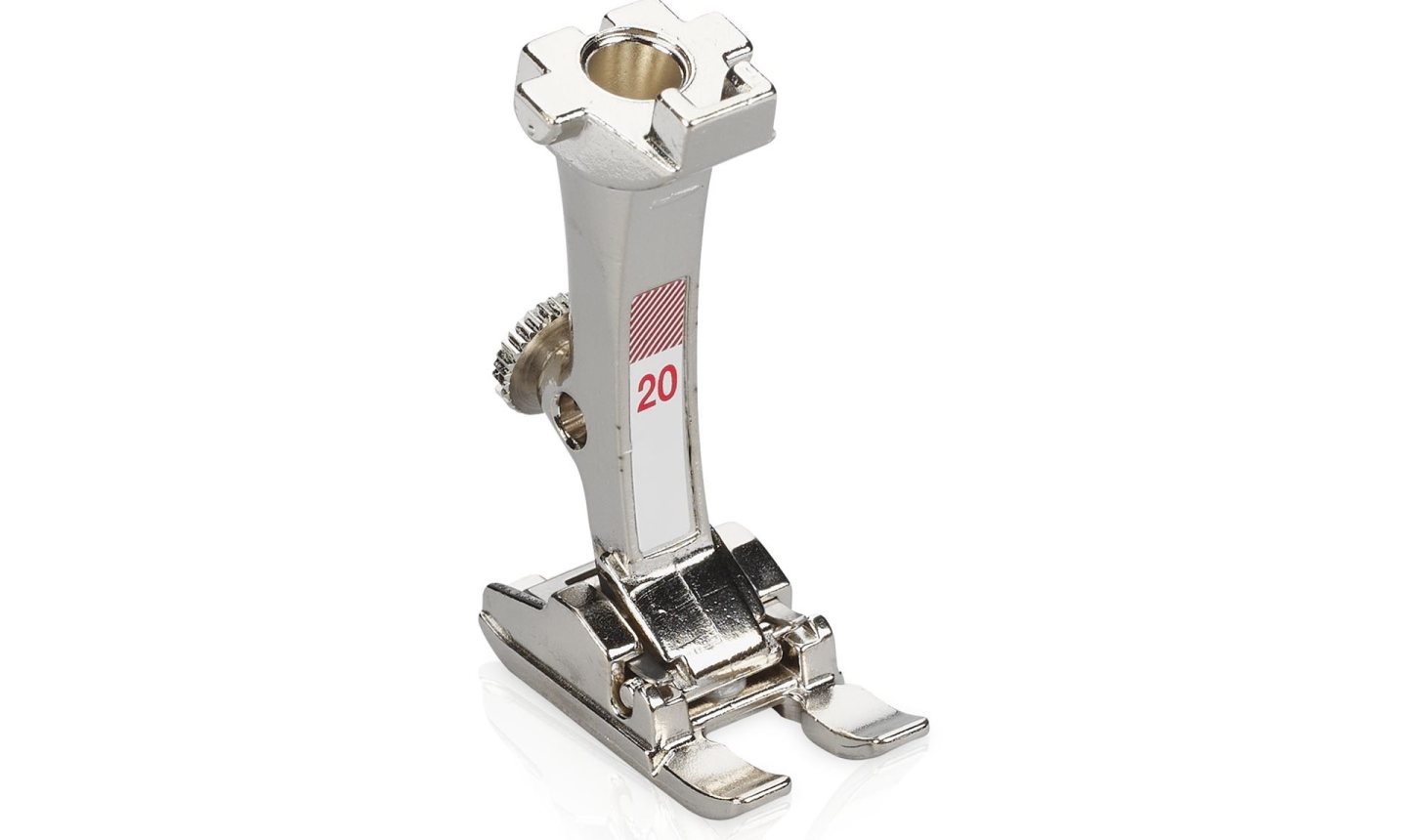
When you want to add some pizazz to your project with free-motion machine embroidery , this foot is a go-to since it lets you see exactly where you’re headed.
Jeans

This foot can take on heavy fabrics (like denim!) so you can sew neat, straight seams every time.
Straight Stitch

Sewing short stitches on fine cotton fabric — like for a summer dress or breezy shirt — requires you to have a ton of control. The straight stitch foot provides exactly that, making it nearly impossible for the the fabric to get pulled through the hole in the throat plate, which can sometimes happen with a zigzag foot. (A straight stitch throat plate can also help with this problem if you’re often working with very lightweight fabrics.)
Patchwork
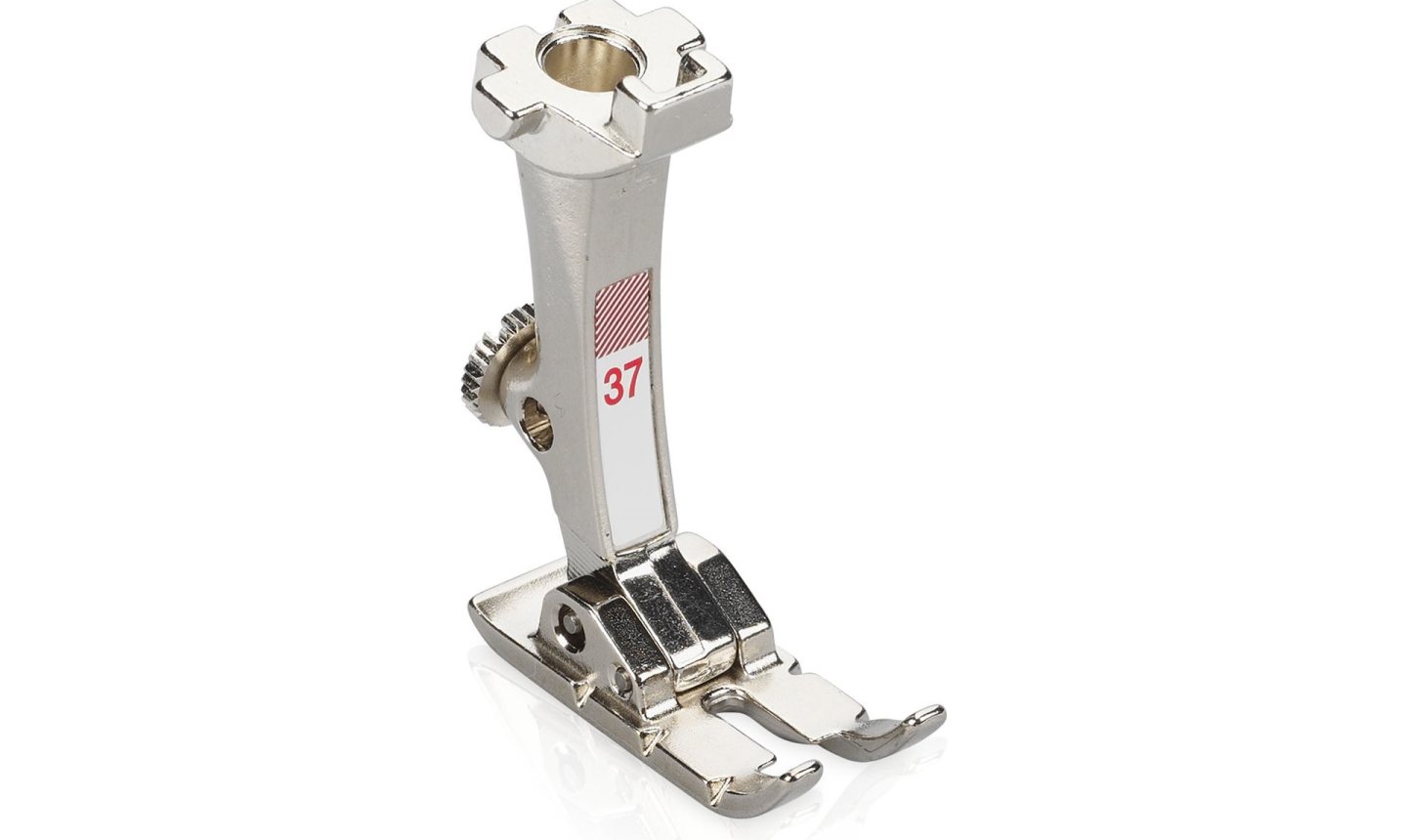
Also called a quarter-inch foot, this guy is commonly used in quilting — but it doesn’t have to be saved for that craft! A patchwork foot is also great for making doll clothes or any small shirt-making seams.
Non-Stick
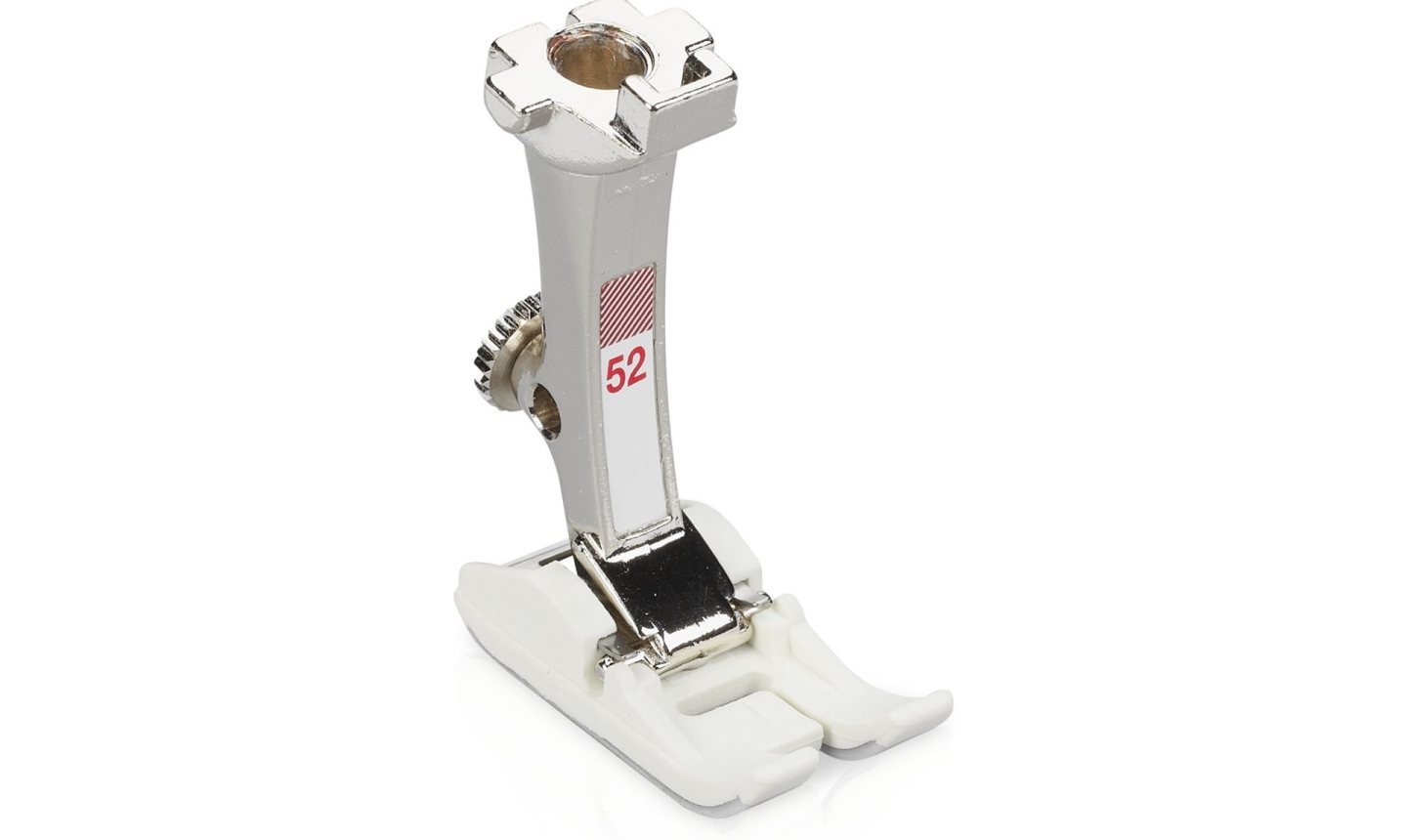
When you’re craving a new (faux) leather bag or jacket, this Teflon foot won’t stick to the fabric’s surface while you stitch.
Rolled Hemmer
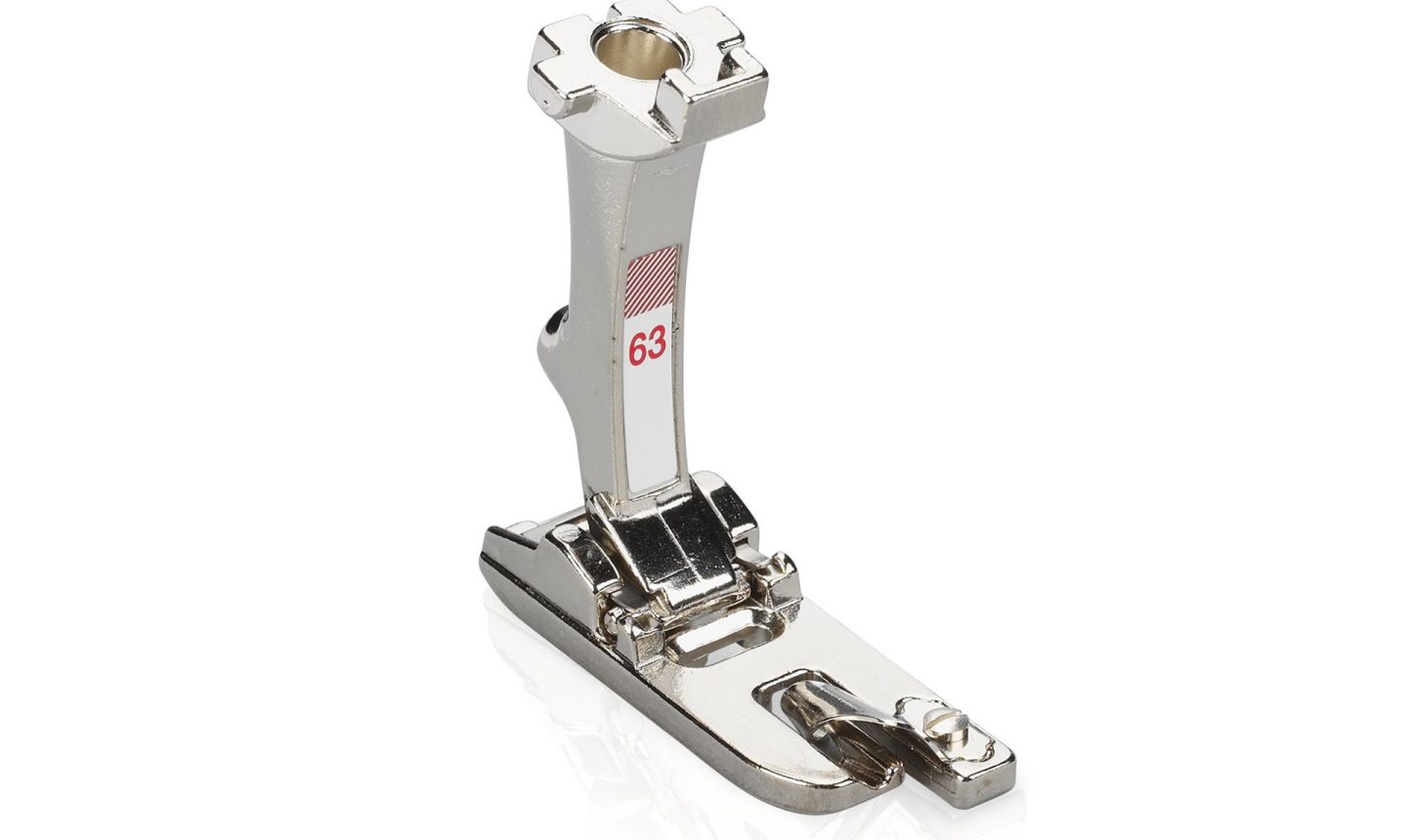
The rolled hemmer foot lets you turn a fabric under twice, resulting in a gorgeously neat hem. There are several different sizes to choose from based on how delicate or heavy-weight your fabric is, so consider what materials you like to work with most often when shopping.
Fell
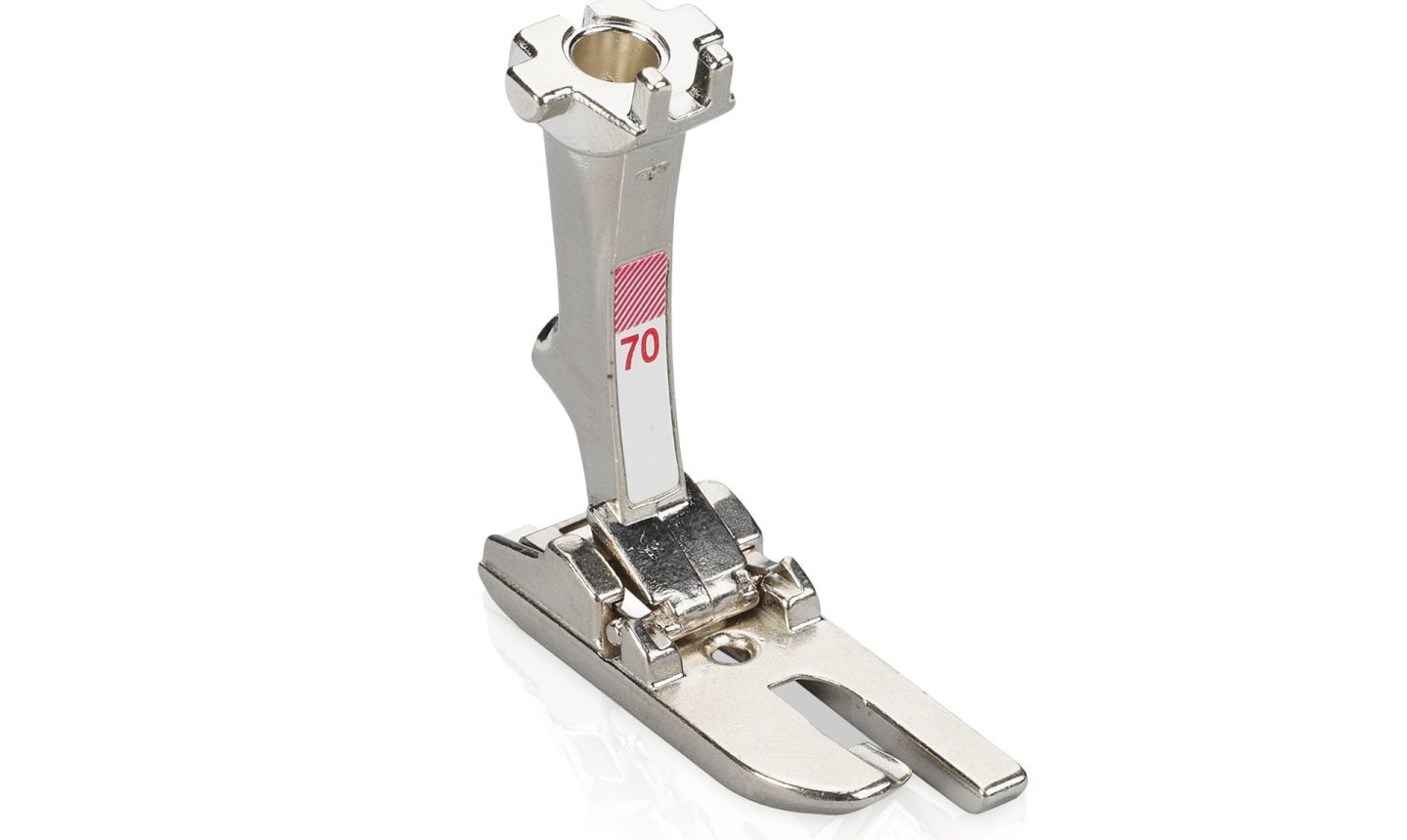
This foot streamlines the process of making felled seams. Some manufacturers produce a variety of finished felled seam widths; your pattern will tell you which one you need for a particular project.
Binder Attachment and Binder Foot

This combo makes attaching a bias binding on quilts or clothing a snap.
Ruffler Attachment
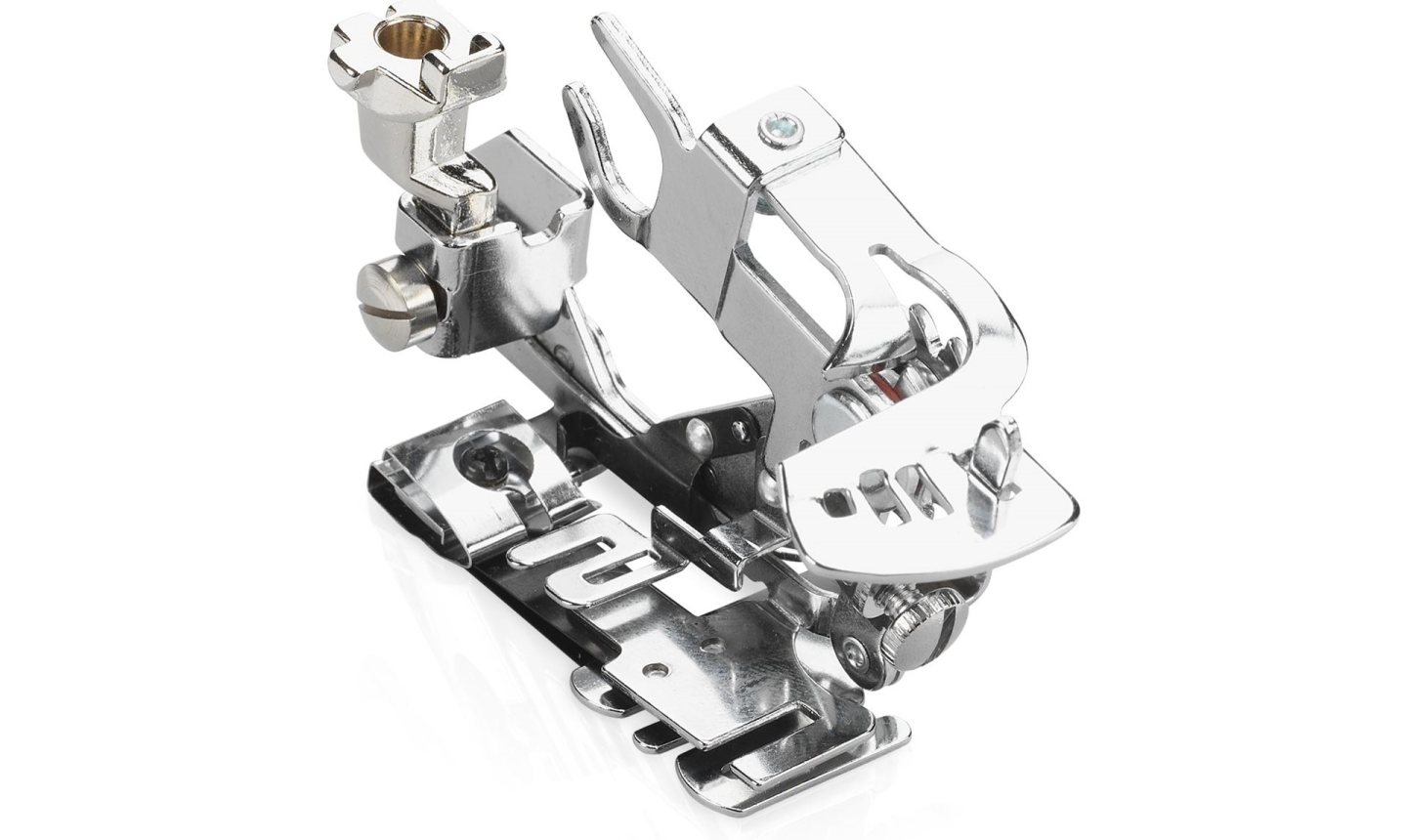
More of an accessory than a presser foot, ruffler attachments are great for any fabrics that need to be gathered or ruched to match a shorter length of fabric, like for gathered curtains.
Photos courtesy of Bernina
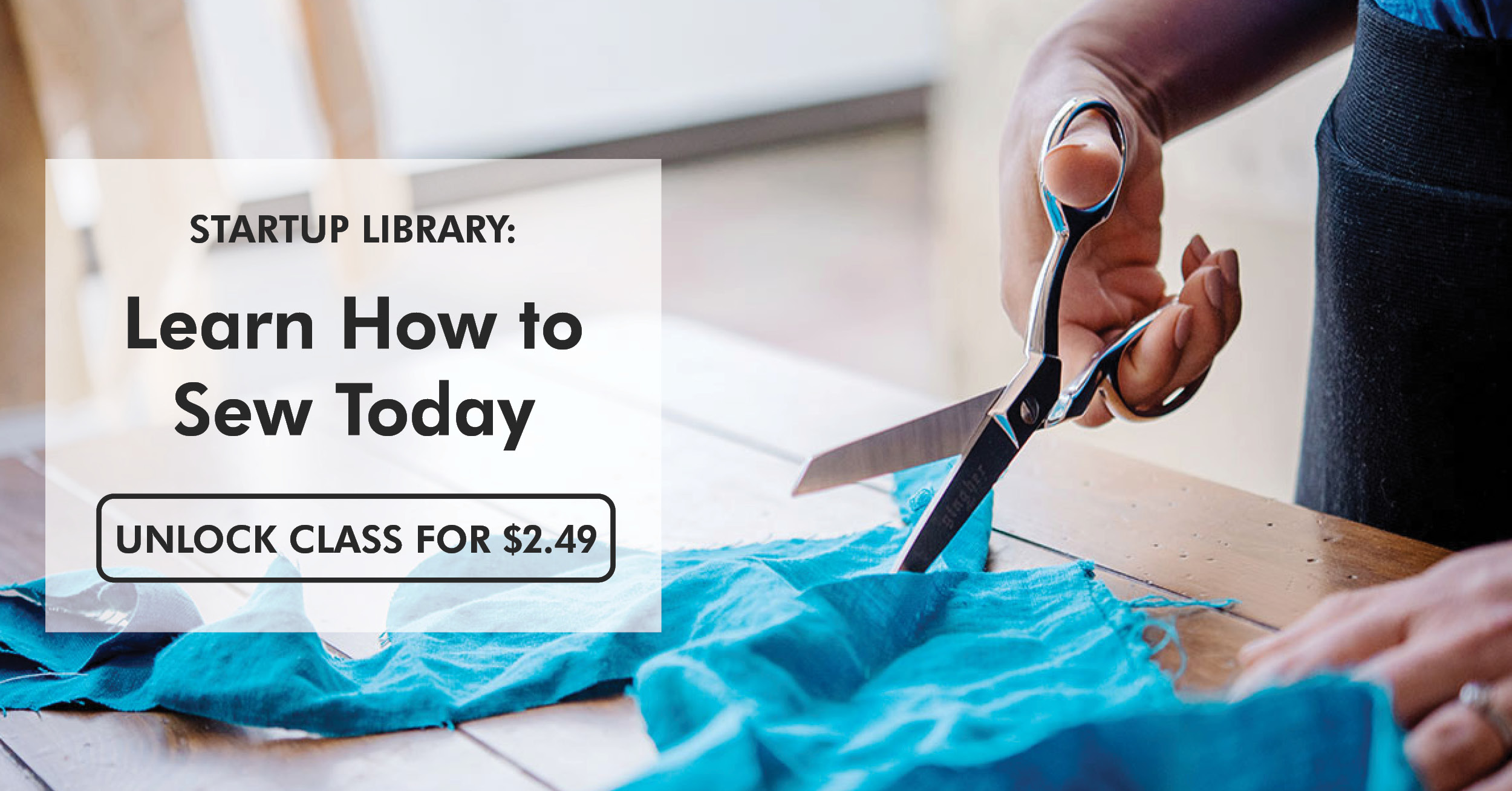
Looking for a narrow pressure foot for my singer
I was not aware that there was a Nonstick foot. I will definitely get one! Thank you!
I have a Babylock machine and serger! Do any of your products work on Babylocks?
Yes! Bernina feet! The best machines ever made. Min machines are from 1985 and 1993 with at least a million "miles" on them -- one 930 and two sergers, eight years apart in age. Used many of your featured machine feet for 20 years while I made square dance dresses, skirts, blouses, and men's matching shirts. These old machines never die and well worth the initial investment back in 1985 and 1993.
Did not know what some were for thankyou
These feet are only for a bernina,disappointed you haven't shown others. Not everyone can afford a bernina, universal feet are more used surely !?
I have found a walking foot is great for sewing knits and slick material like oilcloth.
This is a great overview! We agree that having the right foot can make your project less frustrating and your results sew much better!
Can this presser feet be used on household machine - is butterfly domestic sewing machine. If yes, how much is it?
Need pressure foot